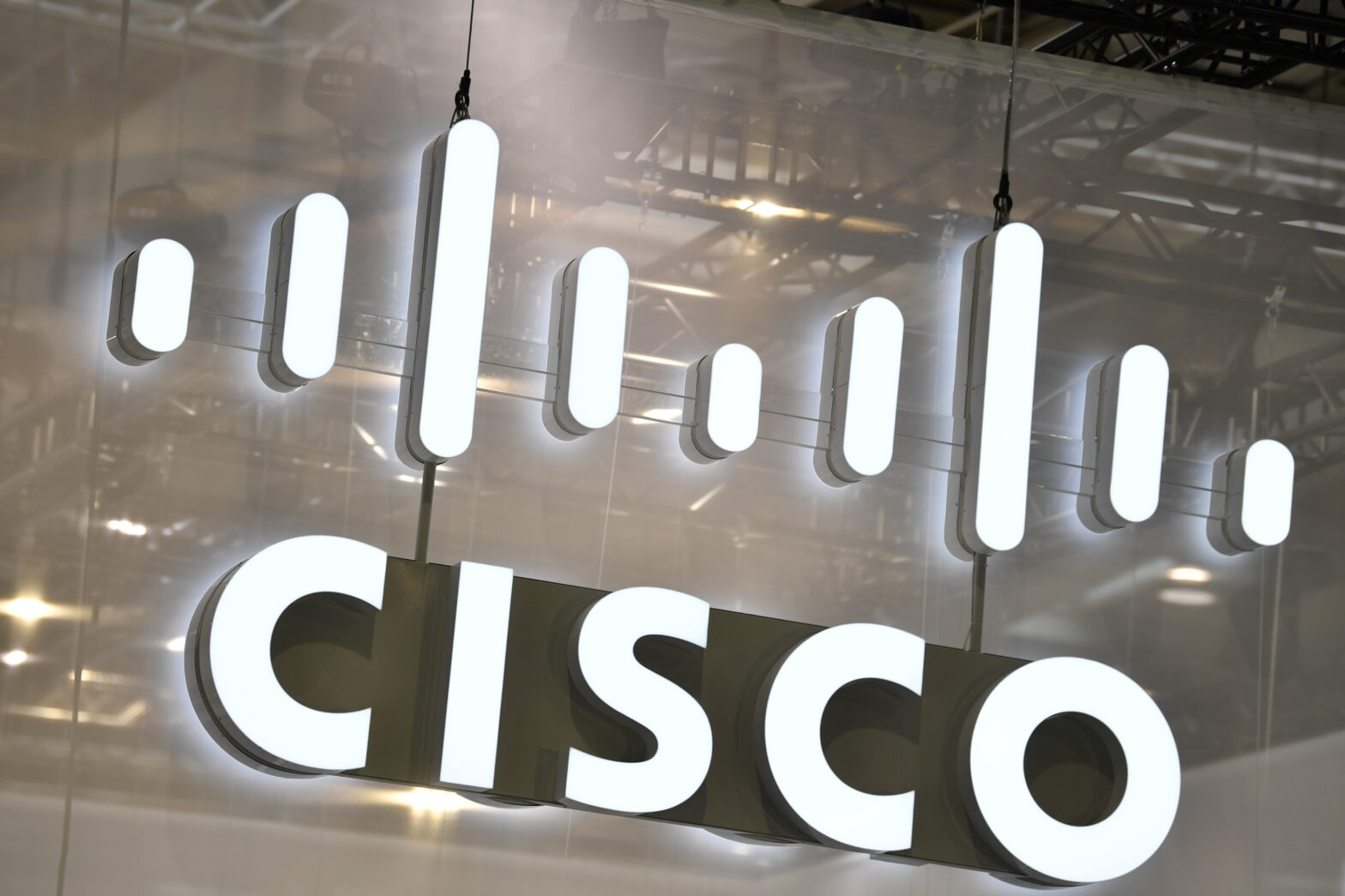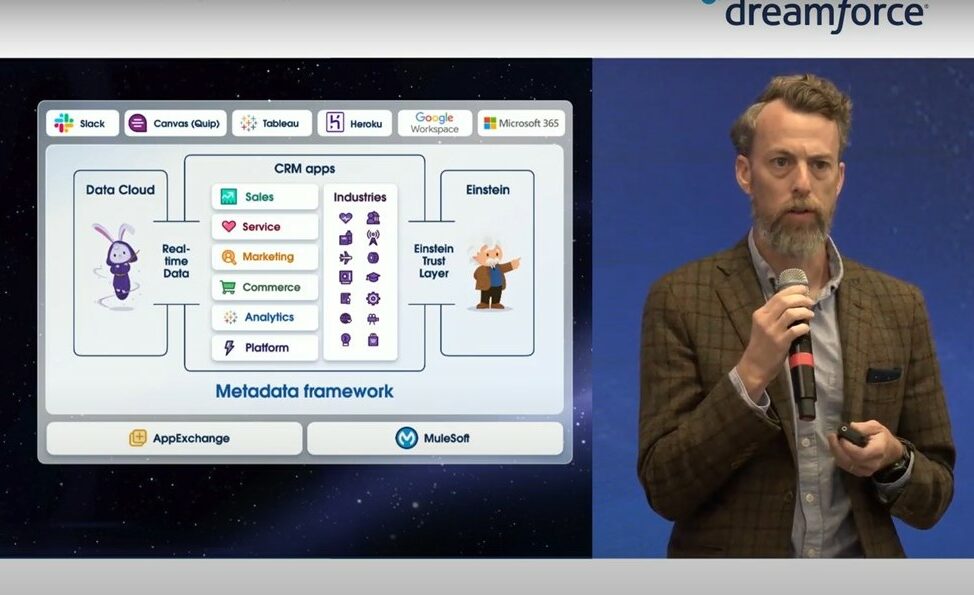With applications moving onto the web and websites becoming more functionality-rich, the distinction between the two is blurring.
At the same time, the business models of software vendors and media companies are converging. For example, the subscription model that software-as-a-service providers use to charge their customers is well established in the media sector.
Dr Kishore Swaminathan, global chief of research at outsourcing and consultancy giant Accenture, believes this convergence will continue until businesses no longer pay for applications. “My hypothesis is that in ten years’ time, IT will be free,” he says.
His argument is as follows. Software-as-a-service providers such as Salesforce.com collect a large amount of information about their end-users: what job they do, who their contacts are, what projects they are working on. “The applications that I use give a great profile of who I am professionally,” he explains.
That profile could theoretically be used to target advertisements for business-to-business products and services, and these ads could therefore subsidise SaaS applications to the point that they are free of charge.
Swaminathan observes that for many small businesses using Google’s ad-supported online productivity apps, this is already the case. And in China, where Swaminathan is currently building a new research centre for Accenture, a number of hosted business applications such as computer-aided design are available to use for free with adverts.
In the West, however, neither suppliers nor enterprise organisations are in any hurry to switch to an ad-supported model, he acknowledges. “There are some negative connotations to the word ‘advertisement’.”
The first step, Swaminathan believes, is for organisations to use SaaS applications to disseminate internal communications. This is already happening, he says, at organisations including Accenture itself.
“Like all companies, we send lots of internal messages to our employees via email,” he says. “But we do it too much, and they often get ignored.
However, we also use a company called Hewitt for HR and benefits administration, and they have a self-service portal where you can choose your medical insurance, pensions plan, etc,” he explains. “I’m beginning to see corporate messages from Accenture presented through Hewitt, which, as long as they are relevant to the task at hand, I’m much less likely to ignore.”
Once the organisation is comfortable with the idea of using SaaS applications as a platform for internal announcements, Swaminathan predicts that the next step will be to present opportunities for professional training, based on the employee’s job role and performance. This may include offers from third-party training suppliers, which will in turn lead to business-to-business offers and advertisements.
“If the CIO begins to see that not only are applications getting cheaper, because they are being subsidised by advertisements, but also that employees are better informed as a result, this could go all the way,” he says.
Not only might this be a viable model for free software, Swaminathan says, it might also give media companies a run for their money. “The big media companies rely on broadcasting, but how many companies have products to sell to 100 million customers,” he says. “Smaller advertisers need narrow casting, for which you need a profile of your customer, and with SaaS applications you build a very fine-grained profile of the user.”
If software companies are going to move towards an advertising model, might business-to-business media companies start launching application functionality? “That would be the tail wagging the dog,” says Swaminathan. “It’s a lot easier for a software company to integrate new information than it is for an information provider to build applications.”
And if IT is going to be free, what will the likes of Accenture do to make money? Swaminathan is not worried. “Integrating internal systems, customising applications, defining business processes – none of that goes away just because software is free.”









